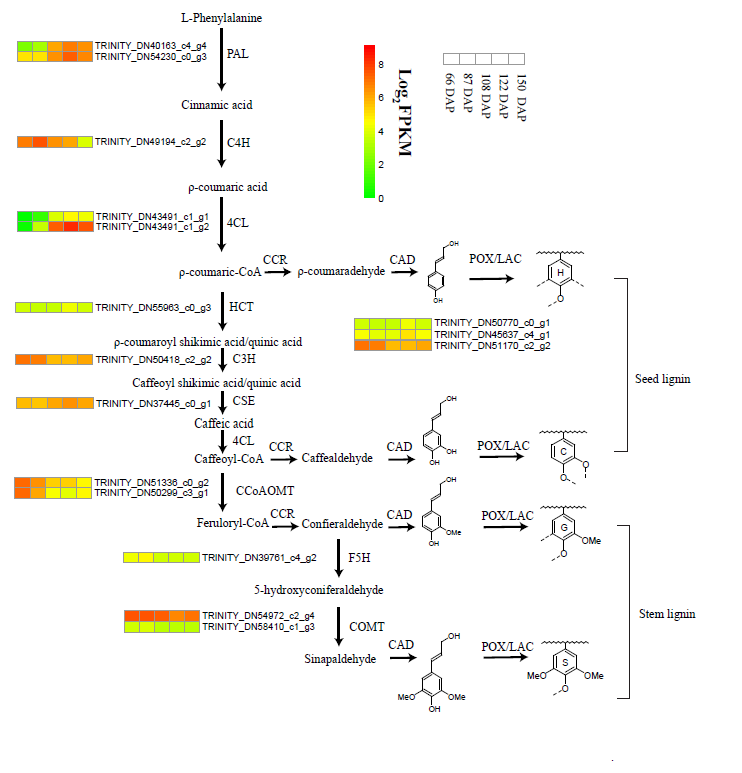

Paphiopedilum is an important genus of the orchid family Orchidaceae and has high horticultural value. The wild populations are under threat of extinction because of overcollection and habitat destruction. Mature seeds of most Paphiopedilum species are difficult to germinate, which severely restricts their germplasm conservation and commercial production.
Many orchid seeds including Paphiopedilum are tiny and contain no endosperm (Figure1). In contrast, most angiosperm seeds have well-developed embryos. Paphiopedilum seeds are generally unable to germinate on their own. They form a mycorrhizal relationship that help with the nourishment of emerging seedling. Even with the additional nutrients, mature seeds of most Paphiopedilum species still have difficulty germinating, which severely restricts their conservation and large-scale production. However, the factors inhibiting germination are still unknown.

Figure 1. Paphiopedilum armeniacum embryo development and seed germination
The question that needs to be addressed is what is the main cause for the germination inhibition? Plant hormones such as abscisic acid generally play essential roles in seed development and germination performance. The researchers first investigated the role of plant hormones in germination, and the results showed that abscisic acid can only inhibit the germination of immature seeds. For the heavily lignified mature seeds, reduction in endogenous ABA level does not result in an increase in the germination rate. Lignin accumulation in the seed coat imposes physical dormancy.
The researchers discovered large amounts of non-methylated lignin accumulated during seed maturation of Paphiopedilum armeniacum, which negatively correlates with the germination rate. The transcriptome profiles of P. armeniacum seed at different development stages were compared to explore the molecular clues for non-methylated lignin synthesis. Kyoto Encyclopedia of Genes and Genomes (KEGG) enrichment analysis showed that a large number of genes associated with phenylpropanoid biosynthesis and phenylalanine metabolism during seed maturation were differentially expressed. Several key genes in the lignin biosynthetic pathway displayed different expression patterns during the lignification process. PAL, 4CL, HCT, and CSE upregulation was associated with C and H lignin accumulation. The expression of CCoAOMT, F5H, and COMT were maintained at a low level or down-regulated to inhibit the conversion to the typical G and S lignin (Figure 2).
This work were recently published in BMC genomics, entitled “Transcriptome analysis provides insights into the non-methylated lignin synthesis in Paphiopedilum armeniacum seed”.
For further reading, please refer to: https://bmcgenomics.biomedcentral.com/articles/10.1186/s12864-020-06931-1.

Figure 2. Lignin biosynthesis pathway in P. armeniacum

